The Bold Promise That’s Still Being Tested
Imagine never having to worry about drunk drivers, texting behind the wheel, or falling asleep at 2 AM on a long road trip. That’s the promise autonomous vehicles are selling us—a future where cars are smarter than their human occupants. But here’s the kicker: self-driving cars have 9.1 crashes per million miles driven, while regular vehicles have 4.1 crashes per million miles. That’s more than double the accident rate. So are we talking about a revolutionary breakthrough or just really expensive rolling dice? These self-driving machines use a complex web of sensors, cameras, and artificial intelligence to navigate our chaotic world, but the real question isn’t whether they can drive—it’s whether they can drive better than you and me. With Tesla vehicles involved in 53.9% of the 3,979 total incidents reported to the NHTSA from June 2021 to June 2024, we’re dealing with technology that’s still figuring itself out in real time.
The Technology Behind the Wheel
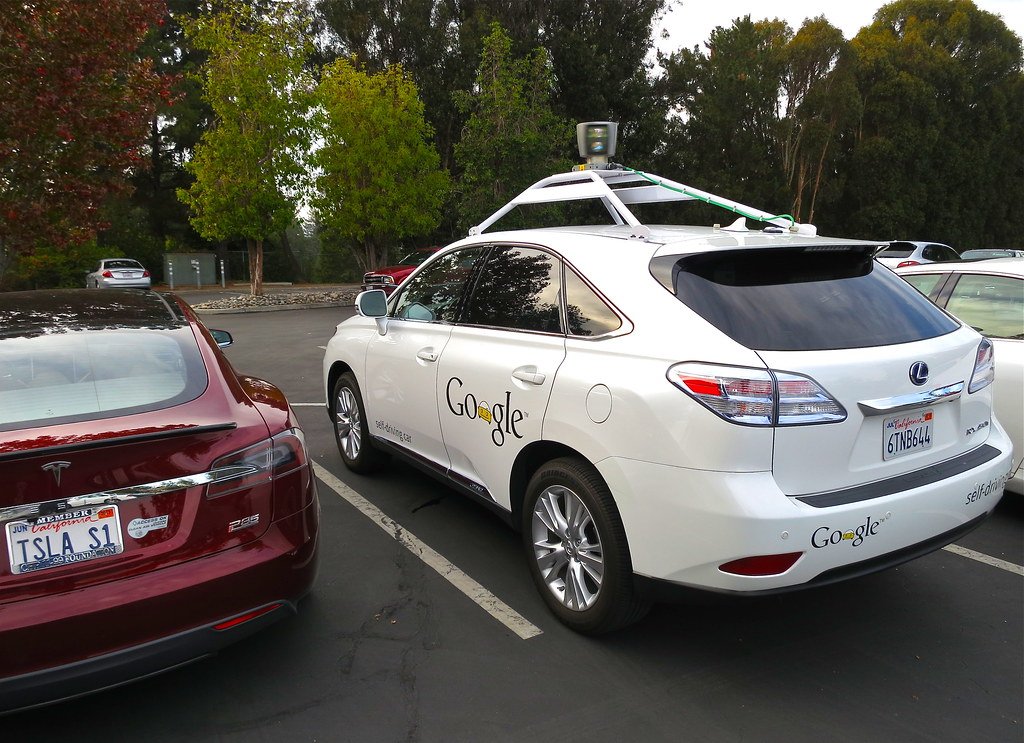
Think of an autonomous vehicle as having superhuman senses but potentially poor judgment. These cars are packed with LiDAR sensors that can see through fog, radar systems that detect objects hundreds of meters away, and cameras that never blink. AutoL’s sensors detect objects around 300 meters during the daytime, providing a long-range and wide field of vision, which means they can spot that jaywalking pedestrian before you even notice them. The artificial intelligence processes all this information faster than you can say “brake,” but here’s where it gets complicated. Unlike your brain, which can make split-second decisions based on experience and intuition, AI follows programmed rules. When a child chases a ball into the street, you instinctively know what’s about to happen—the car’s computer might still be calculating probabilities. Technological, regulatory and economic challenges mean adoption is set to be more gradual than was previously thought, and that’s partly because teaching a machine to think like a human is harder than teaching it to drive like one.
Safety Numbers That Tell Two Stories
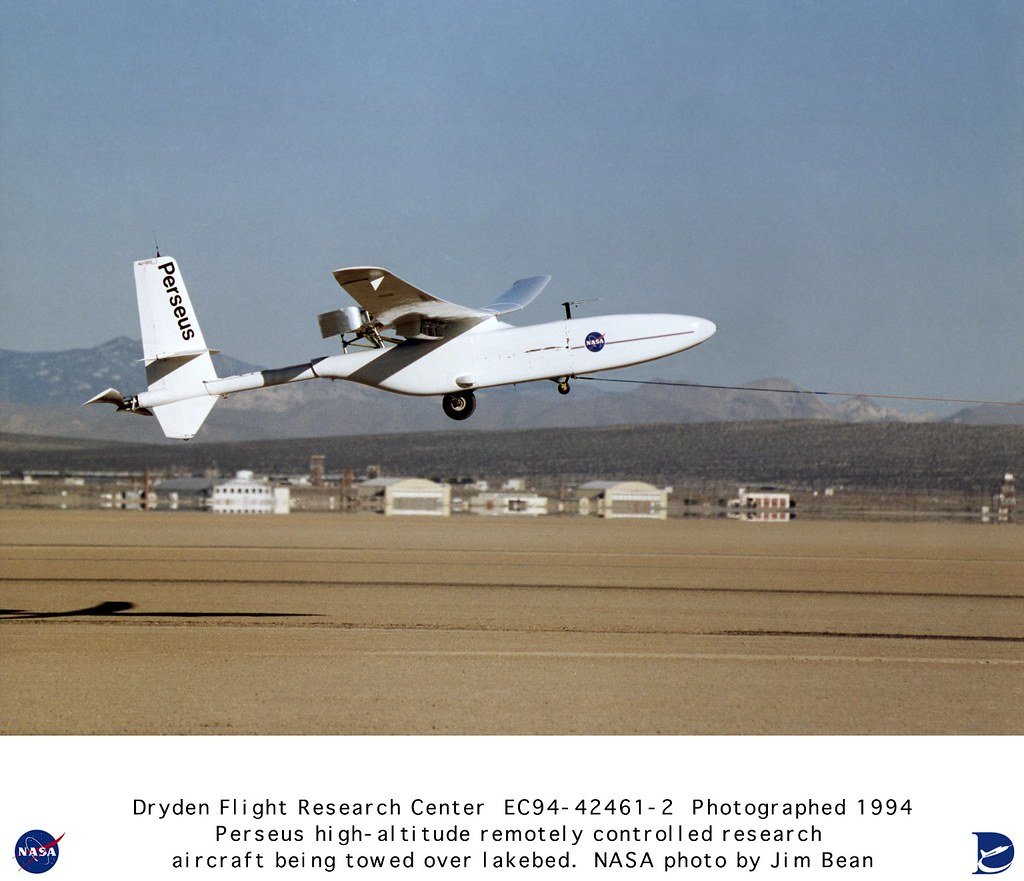
Here’s where things get interesting—and confusing. Of the 3,979 autonomous vehicle incidents that occurred from 2019 to June 2024, there were 496 injuries and fatalities, with 83 fatalities related to autonomous vehicle accidents as of June 17, 2024. But wait, there’s more to this story. Crash statistics show relative safety in both fully self-driving (ADS) and driver-assisted (ADAS) vehicles. There is only one fatality on record with ADS vehicles, representing 0.1% of total crashes. The disconnect here is that most “autonomous” vehicles aren’t truly autonomous—they’re assistance systems that still need human oversight. It’s like comparing a student driver with an instructor to someone driving completely alone. More than 90% of accidents happen due to human errors, so theoretically, removing humans from the equation should make roads safer. But theory and reality don’t always shake hands on the highway.
The Human Trust Factor
Americans are warming up to the idea of robot chauffeurs, but it’s happening slower than a Sunday drive. According to AAA’s latest survey on autonomous vehicles, 13% of U.S. drivers would trust riding in self-driving vehicles – an increase from last year, when this number was 9%. Despite this slight increase, 6 in 10 U.S. drivers still report being afraid to ride in a self-driving vehicle. That’s a lot of white knuckles and nervous passengers. Interestingly, younger folks are more open to the idea—51% of Gen Z said they’d feel comfortable riding in a self-driving car, the highest of any generation. It makes sense; they grew up with smartphones and trust technology in ways their parents never could. The trust issue isn’t just about safety statistics, though. When something goes wrong with your regular car, you know who’s to blame—you. When an autonomous vehicle makes a mistake, who do you call? Your lawyer, probably.
The Economic Earthquake Coming
Autonomous vehicles aren’t just changing how we drive; they’re about to reshape entire industries like a technological tsunami. For software and technology companies, AV software technology is expected to grow from 680$ million in 2025 to 15.8$ billion in 2040. Also, the required mapping process is expected to grow from 530$ million to 10.6$ billion in 2040. This contributes to revenue of 26.4$ billion in 15 years. That’s serious money flowing into new pockets, but it’s coming out of existing ones. Think about all the truck drivers, taxi drivers, and delivery workers whose jobs could become obsolete faster than you can say “career change.” There’s a significant economic case for them, driven by efficiency gains from 24/7 operations, tackling driver shortages and lower total cost of ownership. Companies love the idea of trucks that never need bathroom breaks or sleep, but workers aren’t exactly celebrating this development.
Legal Chaos in the Making
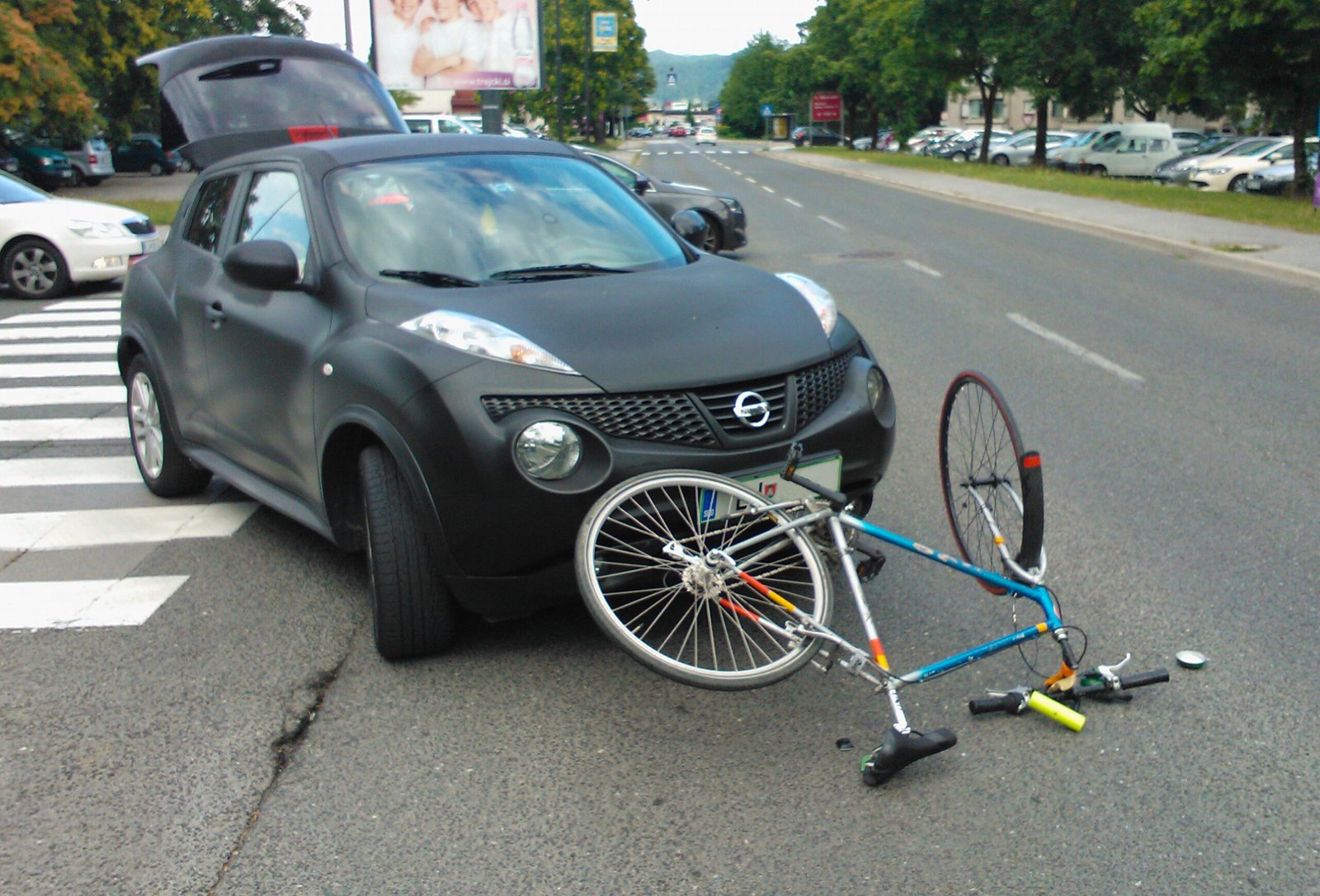
Imagine trying to explain to your insurance company that your car decided to rear-end someone all by itself. The legal framework for autonomous vehicles is about as clear as mud on a windshield. Liability concerns, encompassing issues such as insurance coverage and the responsibilities of manufacturers, operators, and riders, are highlighted by 50% of respondents as a top challenge. Consumer safety is also a major concern, cited by 41% of respondents. When a human driver causes an accident, we know who’s responsible—the person behind the wheel. But when the car is making all the decisions, is it the manufacturer’s fault? The software developer’s? The owner who didn’t update the system? In the absence of federal action, the task of granting licenses for self-driving cars to operate on public roadways has fallen to the states. California has the most well-developed system for state regulation, but others such as Arizona are more lax. This patchwork of regulations means a car legal in one state might be banned in another, creating a regulatory maze that would make a lawyer’s head spin.
Real-World Testing Gone Wrong
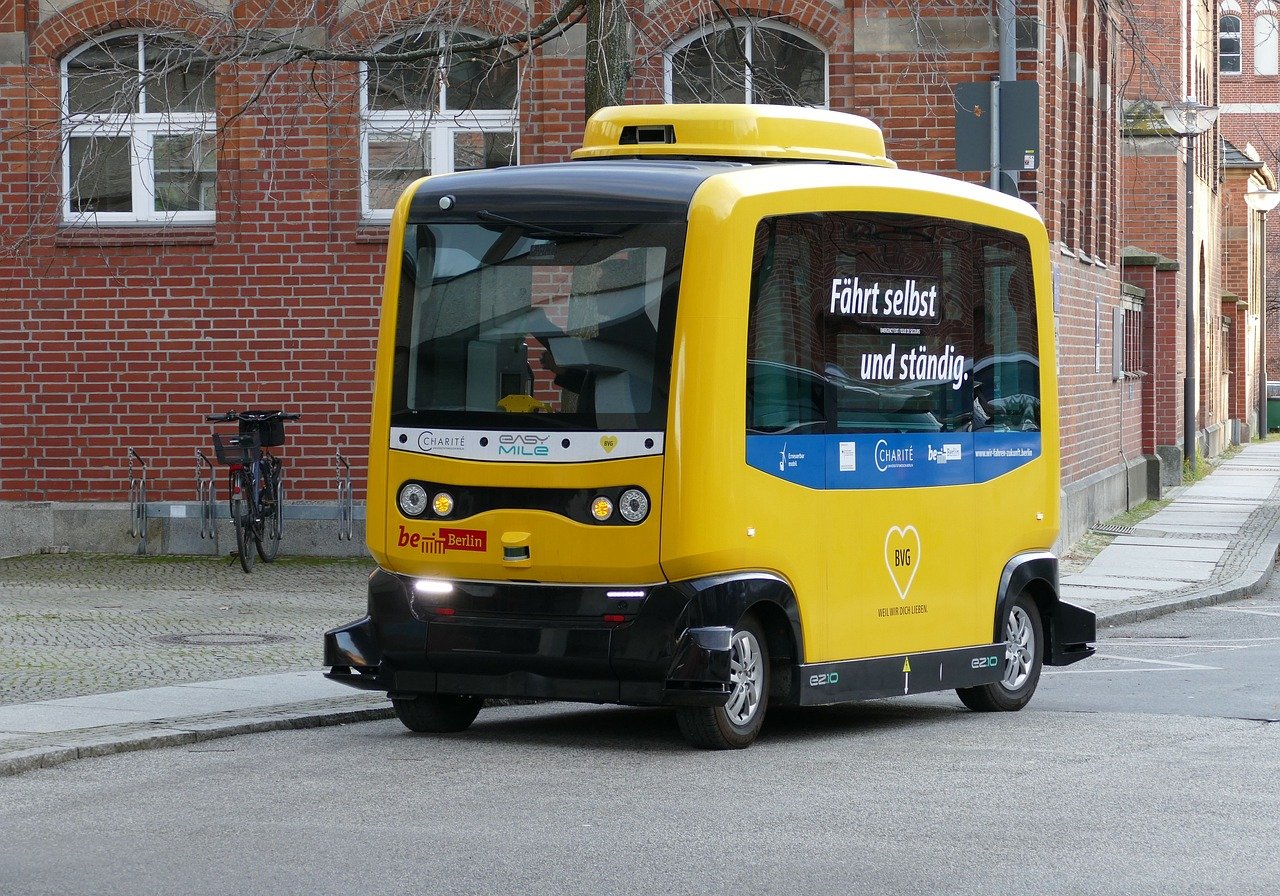
The real world is messier than any test track, and autonomous vehicles are learning this the hard way. After a series of incidents, including one where a driverless Cruise vehicle dragged a pedestrian 20 feet after a crash, the California DMV sent Cruise an order in October 2023 withdrawing its license to operate. That’s the kind of headline that makes people think twice about trusting robots with their lives. According to the most recent NHTSA data, in 2024, there were between 22 and 81 self-driving car crashes each month. These aren’t just fender-benders in parking lots—they’re real crashes on real roads with real consequences. The technology is improving, but every accident becomes a case study in why we might not be ready for fully autonomous vehicles yet. This comes despite China’s recent regulatory tightening around marketing claims for autonomous technology, prohibiting terms like “smart driving” and “autonomous driving” in advertisements following safety concerns.
The Climate Change Connection
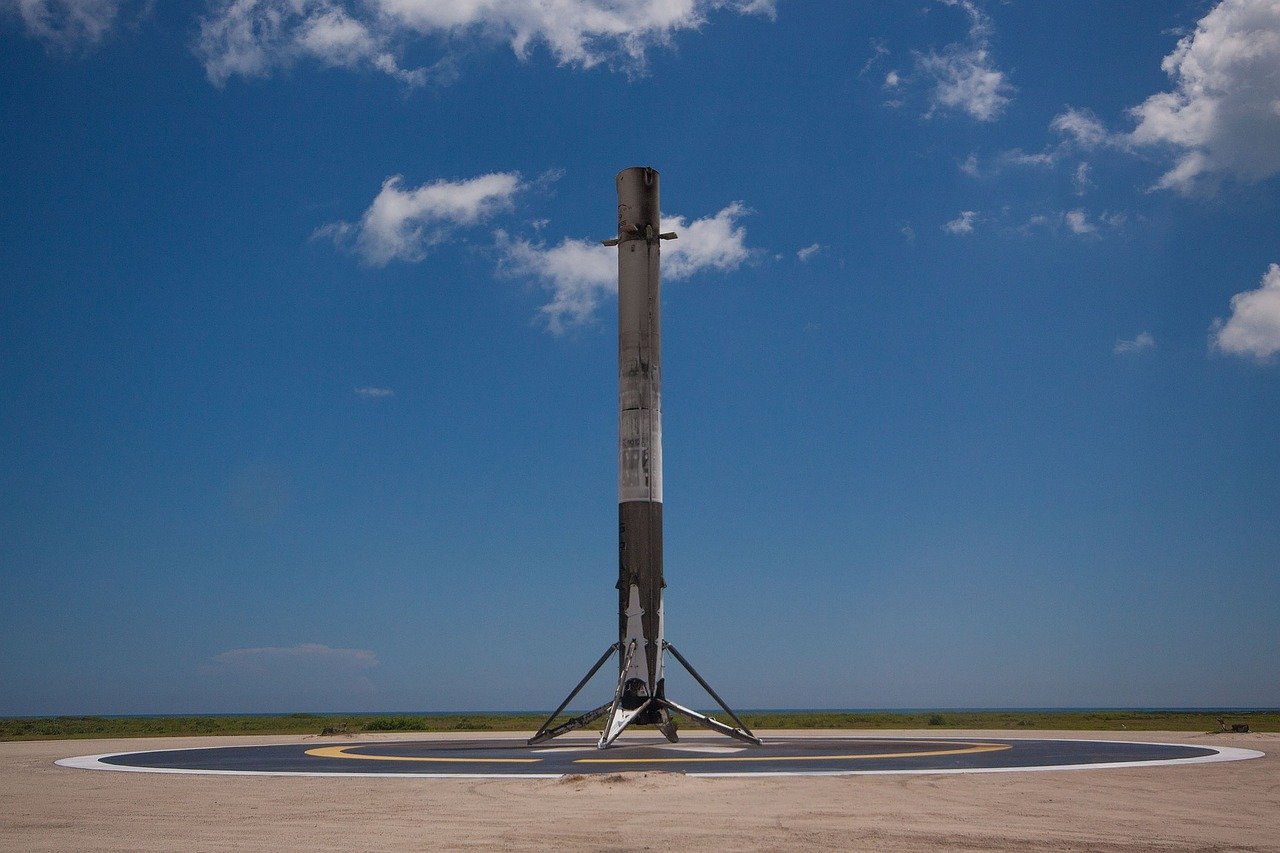
Here’s something that might surprise you: autonomous vehicles could be environmental game-changers, but not for the reasons you might think. Autonomous vehicles could reduce carbon dioxide emissions by 1.7 gigatons by 2050 and could reduce CO2 emissions by up to 80% by 2040. The magic happens because autonomous vehicles can drive more efficiently than humans—no aggressive acceleration, optimal route planning, and perfect spacing between cars. Think of it as having the world’s most patient and fuel-conscious driver in every vehicle. Self-driving cars can reduce fuel consumption by 44% for trucks and 18% for vehicles. Plus, many autonomous vehicles are being designed as electric from the ground up, creating a double environmental benefit. But here’s the catch: if autonomous vehicles make transportation so convenient and cheap that people use them more often, we could end up with more cars on the road, not fewer.
The Current Reality Check
Despite all the hype, we’re not living in a sci-fi movie quite yet. The UK government pushes back the date it expects to approve fully self-driving cars from 2026 to the second half of 2027, and come 2030, technologies at the L2 and L2+ level are likely to be the most dominant in new cars. That means for the foreseeable future, we’re getting smarter cruise control and lane-keeping assistance, not robotic chauffeurs. Vehicles with an automated driving system, which some refer to as “self-driving” cars, are a future technology – not a technology you’re able to purchase and use today. The companies developing this technology are learning that the last 10% of autonomous driving—handling every weird, unexpected situation—is incredibly difficult. It’s the difference between playing chess and playing chess while someone randomly moves the board.
Cybersecurity Nightmares

If you think your computer getting hacked is bad, imagine someone taking control of your car while you’re driving it. As vehicular integration with other devices or systems grows, new threats and vulnerabilities emerge. Cyber attacks result in loss of vehicular control, system failure, collision, data theft, and more. This leads to accidents and vehicular theft. Autonomous vehicles are essentially computers on wheels, connected to the internet and communicating with other vehicles and infrastructure. That connectivity makes them vulnerable to the same kinds of attacks that plague our phones and laptops, except the stakes are much higher. Cybersecurity issues are also significant, noted by 16% of respondents. Consequently, startups are working on cybersecurity solutions for autonomous vehicles. Automotive cybersecurity solutions ensure trustworthy communication between vehicles and between the driver and vehicle for improved traffic flow and safety. It’s an arms race between hackers and security experts, with your safety hanging in the balance.
The Global Race for Dominance
The autonomous vehicle revolution isn’t just about technology—it’s about which countries and companies will control the future of transportation. In 2025, that corner has finally been turned. From China to California, autonomous vehicles are moving from carefully controlled pilot programs to real-world commercial deployments at an unprecedented pace. The US and Europe are set to be leading adopters, although the report cautions that a pan-European regulatory approach will be critical if the continent is to take full advantage. The US and Europe are poised to lead the way on autonomous trucks. China is aggressively pursuing autonomous vehicle development, while the U.S. and Europe are taking more cautious approaches. British self-driving technology startup Wayve has established a testing and development center in Japan, marking its first expansion into an Asian market. This isn’t just about bragging rights—whoever leads in autonomous vehicles will have massive economic and strategic advantages in the coming decades.
Consumer Expectations vs. Reality
The gap between what people expect from autonomous vehicles and what they actually deliver is wider than a highway during rush hour. In the early 2010s, the autonomous driving industry offered optimistic predictions that self-driving cars would become mainstream by 2025. But despite the huge progress in technology, regulatory challenges, safety concerns and the complexity of real-world driving environments have slowed widespread adoption. As a result, the timeline for driverless cars becoming a common sight was pushed back. Marketing materials show sleek vehicles gliding effortlessly through traffic while passengers read books or take naps, but the reality is more complicated. Current “self-driving” features still require constant human attention and can fail in situations that would be routine for human drivers. For drivers, enhancing vehicle safety systems remains a priority over the development of self-driving, with interest among drivers decreasing from 18% in 2022 to 13% this year. People want safer cars, but they’re not necessarily ready to give up control entirely.
The Infrastructure Challenge

Autonomous vehicles need more than just smart software—they need smart roads, smart traffic lights, and smart infrastructure that doesn’t exist yet. The slow pace of local infrastructure development, including necessary road and bridge improvements, is identified by 21% of respondents. Think about it: these vehicles rely on clear lane markings, readable signs, and predictable road conditions. But what happens when construction crews tear up a road overnight, or when a storm knocks down traffic signals? Additionally, autonomous vehicles now leverage vehicle-to-everything (V2X) technology to improve navigation and road safety. This technology allows cars to communicate with traffic lights, other vehicles, and road infrastructure, but it only works if that infrastructure is equipped to communicate back. Building this network will cost billions and take decades, creating a chicken-and-egg problem: we need autonomous vehicles to justify the infrastructure investment, but we need the infrastructure for autonomous vehicles to work properly.
The Data Privacy Dilemma

Your car already knows more about you than your spouse does, and autonomous vehicles will take that surveillance to a whole new level. Data privacy and cybersecurity must also be prioritized, as autonomous vehicles gather vast amounts of real-time and sensitive data. These vehicles track everywhere you go, when you go there, how fast you drive, and even monitor your behavior inside the car. Some systems can detect if you’re drowsy, distracted, or stressed based on your driving patterns and biometric data. While this information can improve safety and provide better services, it’s also incredibly valuable to advertisers, insurance companies, and potentially law enforcement. Sharing the road space with driverless trucks was the main concern with 70% of the respondents were highly concerned about the idea of sharing the road with driverless trucks. On the other hand, 15% of the respondents were highly concerned about the privacy of the vehicle such as the continuous vehicle tracking. The question isn’t whether this data will be collected—it’s who will have access to it and how it will be used.
Looking Into the Crystal Ball
The future of autonomous vehicles looks less like a sudden revolution and more like a gradual evolution. By 2025, the global autonomous vehicle market is projected to reach $54.23 billion, but around 75% of vehicles on the road by 2040 could be autonomous. That’s still 15 years away—plenty of time for the technology to mature and society to adapt. Autonomous vehicles could save over 1.2 million lives globally by 2030, which would be a game-changing achievement. The most likely scenario is that we’ll see autonomous vehicles gradually introduced in specific, controlled environments first—highway trucking, urban ride-sharing services, and dedicated autonomous vehicle lanes. For consumers, the presence of remote monitoring provides crucial reassurance. A recent survey revealed that driver awareness and firsthand experience with advanced driver assistance systems (ADAS) significantly influence adoption rates. As more people experience the benefits of these intermediate technologies, comfort with fully autonomous solutions increases. The technology will improve, regulations will catch up, and public acceptance will grow—but it’s going to be a longer journey than the early promises suggested.
So, game-changer or road hazard? The answer is probably both, depending on when you ask and how well we navigate the challenges ahead. What’s your bet—will you trust a robot to drive your kids to school?


